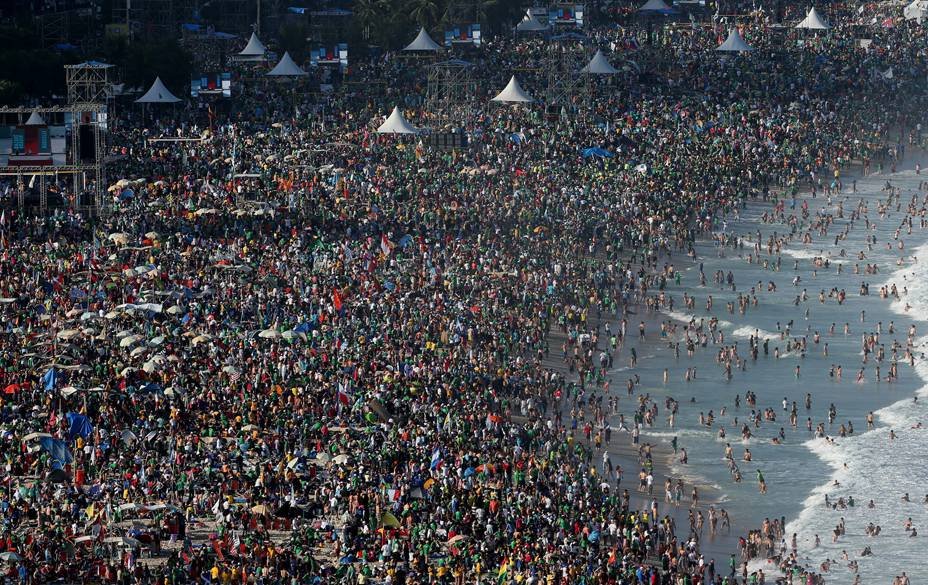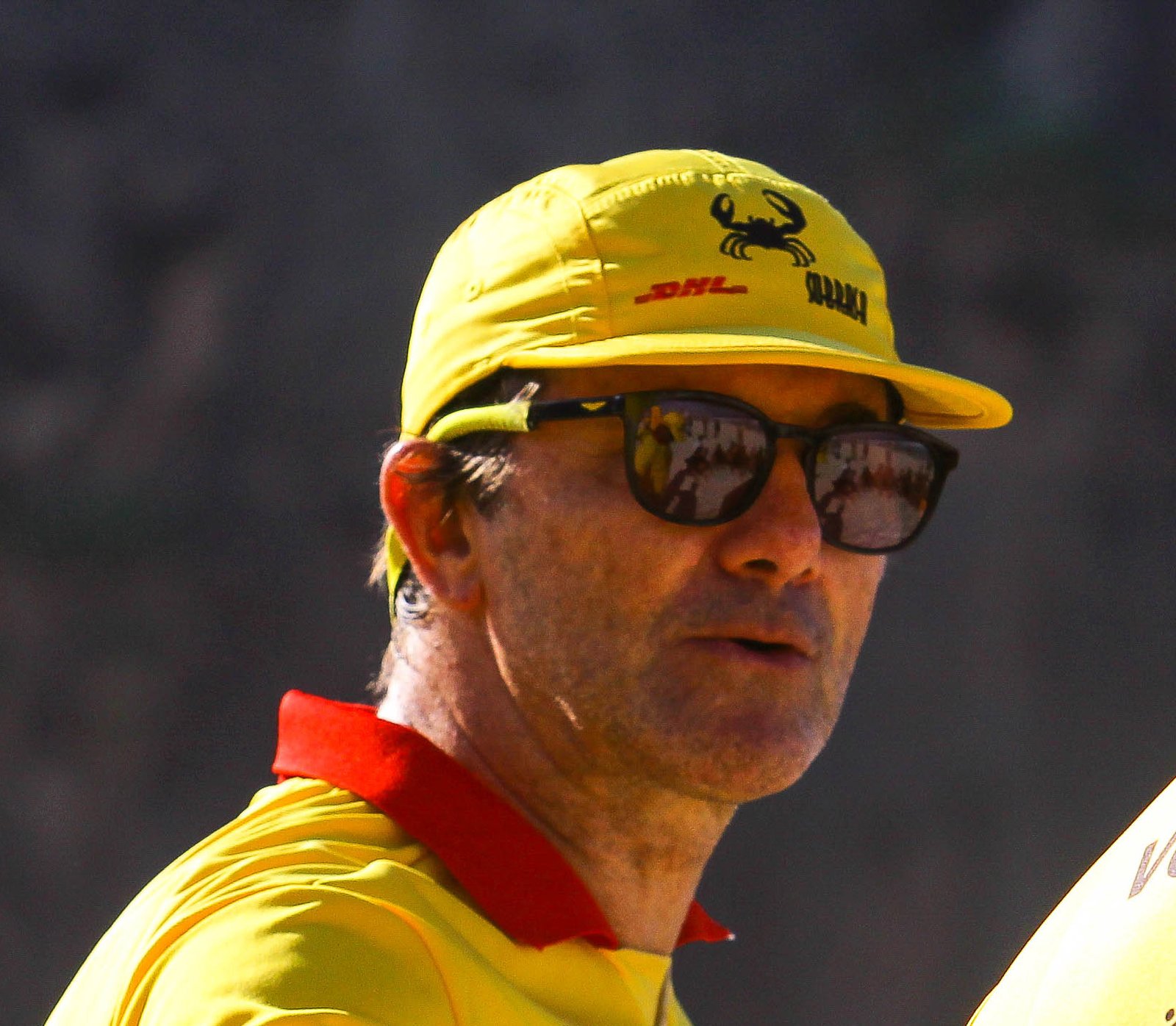Dr David Szpilman
Brazilian Life Saving Society (SOBRASA) – Founder, Former President, Medical Director; Medical Commission of International Life-saving Federation (ILS) – Member, Medical officer; Civil Defense – Rio de janeiro City; Drowning Resuscitation Center – GMAR – CBMERJ – Retired
Marcelo Pinheiro
Lifeguard Chief in Rio de Janeiro State Fire Deparment – CBA – CBMERJ – Colonel
Gustavo Melich
Lifeguard – Rio de Janeiro Fire Department – CBMERJ
Justin Sempsrott, MD, FAAEM
Drowning is a serious and neglected public health threat, claiming the lives of more than 372, 000 people a year worldwide; 40 people every hour of every day. More than 90 percent of these deaths occur in low- and middle-income countries.
Brazil has one of the largest aquatic recreational areas in the world leading to a very high-risk exposure year around and one of highest rates of drowning deaths – 6,000 people in 2013. We have more than 8,000 km. of coastline, and navigable rivers make up to 35,000 km. This, coupled with the pleasant climate, makes drowning one of the major risks for wilderness travelers who venture into areas covered by lifeguards. In fact, 75 percent of all drowning deaths in Brazil occur in rivers, lakes, and dams. Though many of these are sports -related adventurers, they are more often just locals or tourists looking to cool off from the heat, or who find themselves in danger aboard ferries or recreational boats.




